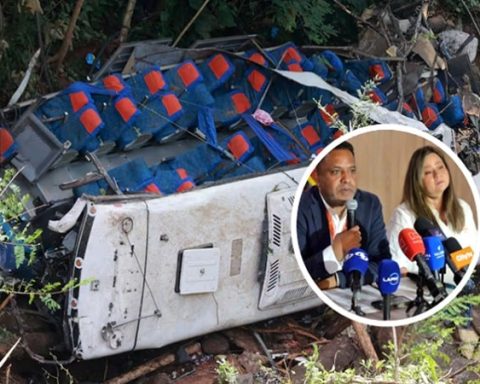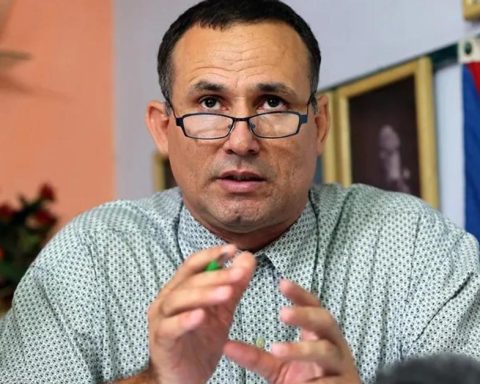SANTIAGO. The reservoir levels of the Tavera Dam have fallen to worrying levels due to the drought that is affecting the country while the problems of lack of water in various sectors of Santiago and Moca have worsened.
While the authorities of the Santiago Aqueduct and Sewerage Corporation (Korasan), reveal that the deficit is 27 million gallons per day, equivalent to 18%, for which they asked the population to ration water.
The director of Coraasan, engineer Andrés Burgos, said that they have arranged actions to mitigate the impact of the drought and among which he cited the increase in the fleet of tanker trucks to supply sectors where it is not possible to carry the service directly.
The level of the Tavera Dam reservoir that supplies the Cibao Central aqueduct was 315.80 meters yesterday and 315.65 this morning, while the optimal level is 322 meters.
While the maximum capacity is 327.50 meters, Coraasan seeks to send a campaign of awareness messages to citizens through social networks, print, radio and television media to make rational use of water.
You may be interested in reading: Neighborhoods with water shortages, others waste it
On the other hand, the director of the Moca Aqueduct and Sewerage Corporation (Coraamoca), Reynaldo Méndez, said that after meeting with the technical team of the state company they decided to adopt measures to alleviate the crisis in the supply of drinking water service.
Méndez assured that the water deficit in Coraamoca has increased by 30%, going from 1,300 liters per second to 900 in the last two months.
While the engineer Andrés Burgos asked the population to use the water only for essential domestic tasks and avoiding its waste in washing vehicles or wetting the patio as usual.
He revealed that the Coraasan Community Management department works with neighborhood associations to educate citizens about the rationalization of water and the impact of the drought on the service they offer to the population.
In this sense, the official reiterated his call to the population to make rational use of drinking water to guarantee the supply.
The Cibao Central aqueduct supplies most of the water that Santiago consumes, especially in the sectors of the eastern zone, part of the southern and northern zones.
But in addition, the aqueduct supplies the Licey Al Medio, Tamboril and Puñal municipalities that are part of the Santiago province, but also the city of Moca and communities of the Espaillat province.
The other part of the Santiago neighborhoods is supplied by the Nibaje plant, among which the neighborhoods and urbanizations around Avenida Yapur Dumit in the southern zone, Bella Vista, and the central part sectors such as La Joya, Pueblo Nuevo, Ensanche Román, Ensanche Bolívar and others.
indrhi
The National Institute of Hydraulic Resources (Indrhi) reported that it is carrying out adaptation works in the Yuna – Cañabón channel, which includes cleaning, adaptation of berms and other actions to channel the waters of the Yuna River to the Rincón dam.
A note from the Indhri indicates that this is the main source of supply for the aqueducts of Bonao, San Francisco de Macorís and Salcedo.
The note explains that with this action they seek to maintain a water flow of 3.5 cubic meters per second.
“We will clean almost its entire length, we will reinforce the canal intake with walls, we will rebuild gates on its side and we will adapt berms, to facilitate future harvests,” said the Indhri.
He affirms that the action will directly impact more than 152,000 tasks cultivated with rice, a crop that demands a large amount of water.

















